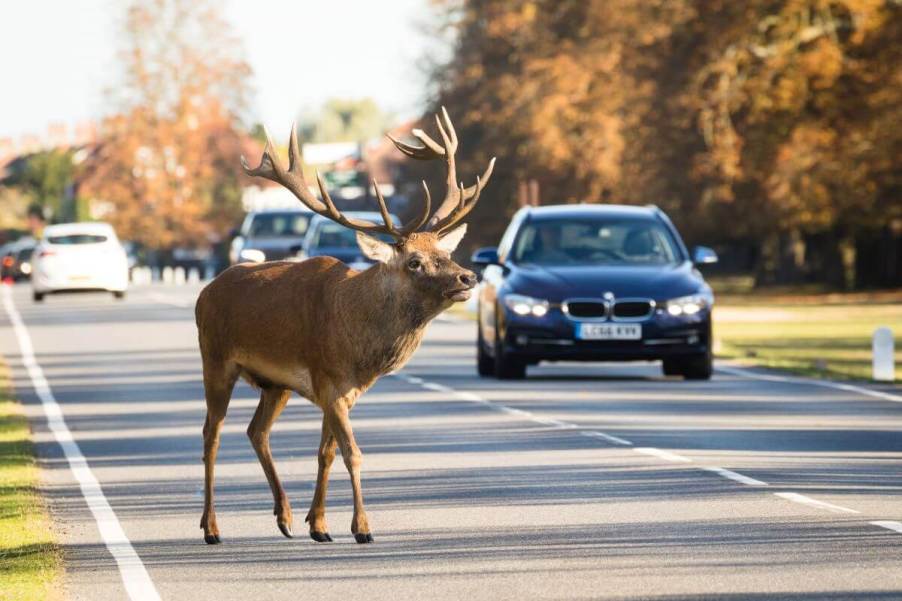
10 Tips to Prevent Deer and Other Wildlife Vehicle Collisions
Studies show that car accidents resulting from wildlife-vehicle collisions (WVCs) with large animals, such as deer, result in over $8 billion in damages, up to 200 human deaths, and over 26,000 injuries annually. While some urban areas of the United States see very few deer-vehicle collisions, other regions, like West Virginia, see drivers with a 1-in-37 chance of hitting a deer or other large animal. Western states with low population densities see WVC rates as high as 20%, making these 10 car safety tips extremely important.
Facts about WVC rates and roadkill
The statistics above come from The Pew Charitable Trust. Additionally, Pew says that wildlife overpasses and tunnels underneath highways are a viable solution to preventing many automobile accidents involving wildlife. An example of a wildlife overpass exists over Interstate 90 in Snoqualmie Pass, Washington.
While deer-vehicle collisions account for the majority of crashes involving injury to humans or vehicle damage costing over $1,000 to repair, they are not the most common victims of roadkill. Animal Capture Wildlife Control estimates that the most common roadkill animals are squirrels, rats, and cats. Other animals that fall victim to roadkill include rabbits, turtles, snakes, and birds.
10 tips to prevent colliding with deer and other wildlife
The following 10 tips adapted from State Farm will prepare drivers in deer-populated areas to prevent deer collisions and protect themselves in the event of one.
- Slow down below the speed limit, especially in areas with road signs indicating wildlife activity.
- Stay alert near rural areas with animal populations. Frequently scan the roadsides and ditches for deer.
- Use high beams at night whenever possible for increased vision. Flicking them on and off can scare animals away, even at dawn and dusk.
- Start controlled braking as soon as you see an animal on the side of the road. If a collision with a deer is imminent, brake hard and keep your wheels straight.
- Don’t swerve off the road. If possible, you should go around the animal in a controlled manner but stay on the road. It’s better to collide with the animal if you can’t safely turn or stop to avoid it.
- So-called deer horns or whistles are unreliable for clearing animals from the roadway. While sometimes, they can scare animals away, others won’t run or will freeze in their tracks at the strange sound.
- Keep track of seasonal animal migration and mating times. Deer and elk in mountain states migrate seasonally in search of food and to avoid deep snow and mate in the fall or early winter across their range in North America. These activities cause increased movement and often erratic behavior.
- Keep track of preferred feeding times. Deer activity often increases just before sunset and again at sunrise. Outside the mating season, deer usually spend daylight hours napping and digesting the food they ate the night before.
- Deer and elk are social animals and often travel in groups. They are also creatures of habit, so watch out for nearby animals, especially in areas with warning signs or where you’ve seen animals previously.
- Along with driving at the speed limit, always have all passengers wear seat belts. Reducing the impact is the goal if you can’t avoid a WVC.




